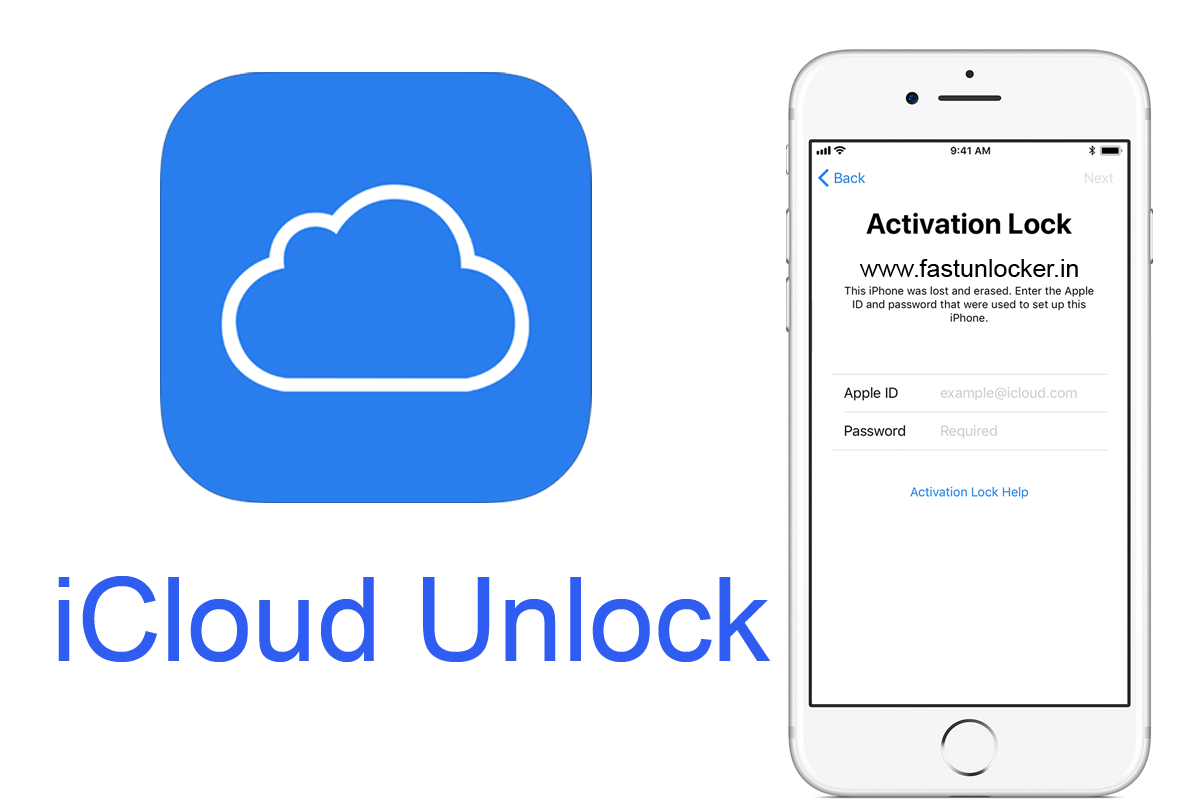The Different Types of Banking Risk Management Software

In recent years, there has been a dramatic shift in the way banking is conducted. The days of visiting a physical bank branch to transact business are quickly becoming a thing of the past as more and more people are turning to digital banking channels instead. While this shift has many benefits—such as increased convenience and faster transaction times—it also comes with a number of risks. To protect themselves from the risk of cybercrime, businesses need to take a number of precautions, including the installation of robust security software. Keep reading to learn more about the different types of banking risk management software.
What is banking risk management software?
Banking risk management software is used to help banks identify, assess, and manage risks associated with their businesses. The features of different types of risk management software can vary greatly, but often they all share some commonalities. They usually allow users to monitor exposures and risks in near real time, generate reports on risk concentrations and trends, identify potential breaches and triggers, and recommend actions to address any issues that are identified. Most also include functionality for scenario analysis, which allows banks to test how different events could impact their overall risk exposure.
What are the types of banking risk management software?

There are a number of different types of banking risk management software available, each with its own set of features. First, asset/liability management (ALM) software helps banks manage their assets and liabilities in order to optimize profits and minimize risks. It typically includes tools for measuring and forecasting interest rates, liquidity levels, market volatility, and other factors that could impact a bank’s financial position.
Credit risk management software helps banks assess the creditworthiness of borrowers and track credit exposure across the entire organization. It can help lenders make more informed decisions about extending credit, identify potential problem loans early on, and recommend strategies for mitigating losses if a loan goes bad.
Market risk management software helps banks measure and manage the risks associated with trading products and investments in volatile markets. It includes tools for tracking positions, analyzing market data, simulating different scenarios, and making better-informed decisions about where to invest money safely.
Forecasting software helps banks predict how much money they stand to lose in the event of a disaster or other unexpected event. Forecasting software can help banks better prepare for potential losses and ensure that they have enough cash on hand to cover them if necessary.
Third-party fraud detection software is also commonly used by banks to mitigate financial risks. This type of software monitors bank transactions for signs of fraudulent activity, helping to prevent losses due to theft or embezzlement.
Banks can also use anti-money laundering (AML) software to detect and deter illegal activities such as drug trafficking or terrorist financing.
Each type of banking risk management software has its own unique benefits and drawbacks. By using a variety of different types of software, banks can better protect themselves against a wide range of potential risks.
How do you install and use banking risk management software?

Installing and using banking risk management software is a fairly straightforward process. After downloading and installing the software, users simply need to input their bank account information and begin tracking their spending and budgeting habits. The software then provides users with real-time updates on their bank account status, as well as suggestions for how to better manage their finances. In addition, many banking risk management programs and enterprise risk management software options offer features that allow users to create budgets, track bills, and receive payment reminders.
Overall, the different types of banking risk management software are important in order to help protect the bank from potential risks. By using a variety of software, the bank can have a more comprehensive view of its overall risk and be better prepared to handle any potential issues.





